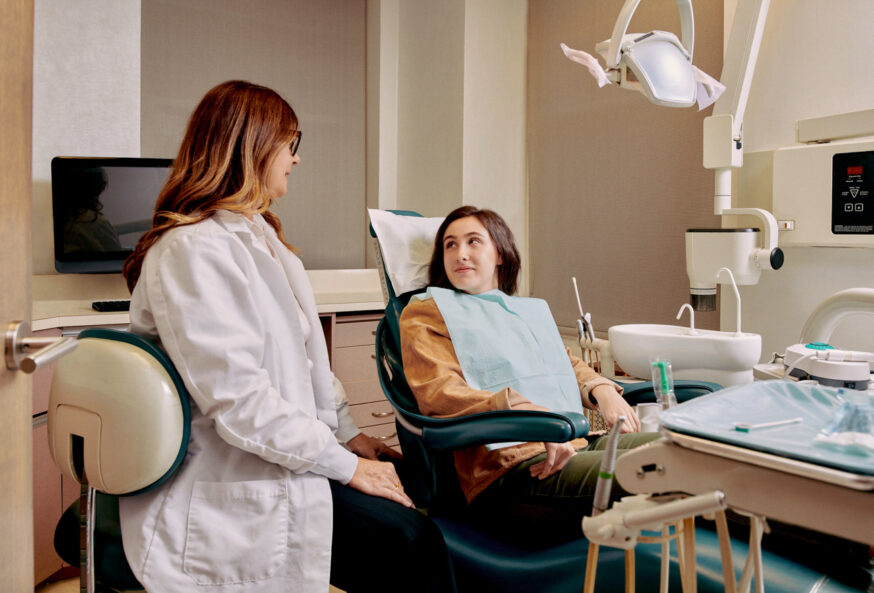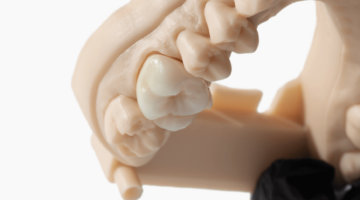According to the Journal of Dental Hygiene, between 50 and 80% of U.S. adults experience some amount of anxiety when visiting the dentist. There are a myriad of ways to help manage patient anxiety. Dr. Adam Silevitch, a pediatric dentist based in NYC, shared with us on The Margin Line, that he uses a “whole body approach,” to help built patient trust and feel comfortable in his operatory.
“The breath is such a simple thing that we don’t think about, that we do thousands of times a day. Encouraging a patient to focus on their breath instantly calms the nervous system and brings them back to the present. What a wonder it does for anxiety.”
While building trust and creating safe environment is key for managing dental patient anxiety, studies have shown that breathwork, or breath control, can have an almost immediate effect on decreasing stress levels and promotes relaxation to the central nervous system. Deep breaths help calm the nervous system & distract a nervous patient from their “fight or flight” response. Take a few minutes to sit with an anxious patient and help them breathe more intentionally. Here are a few techniques to get started.
1. One deep breath
This breath acts as a “restart” button for the central nervous system. Have your patient close their eyes and take one slow, deep belly breath through their nose, and then tell them to loudly exhale through their mouth. This breath brings calming air into the belly, where people normally feel “butterflies”. The exhale allows the patient to physically push out some of their anxiety. Let them sit for a few seconds before telling them to open their eyes.
2. Paced breathing
A paced breathing rythm can help your patient calm down. Have your patient close their eyes and inhale through their nose and exhale through their mouth, keeping a steady, consistent pace (4 breaths in, 4 breaths out). Count with them. Do this for a few rounds until they become visibly more relaxed. Then encourage them to open their eyes and ask if they’re ready to begin the treatment.
3. Box breathing
While similar to paced breathing, the slow holding of breath allows CO2 to build up in the blood, which stimulates the parasympathetic nervous system. Research has shown that box breathing calms the nervous system, regulates body temperature, and lowers blood pressure. Instruct your patient to inhale for 4 seconds, hold for 4, exhale for 4, and hold for 4. Repeat 4 times.
Helping your patient manage their anxiety using breath work may not only help them feel more at ease in the dental chair but can extend into other areas of their lives.
Intentional breathing can benefit yourself as well! Try these breath work techniques for a ‘reset’ when you have a break, or even take 5 minutes with your staff to start the day off with a collective breath.



